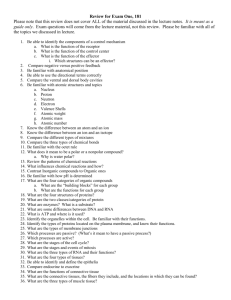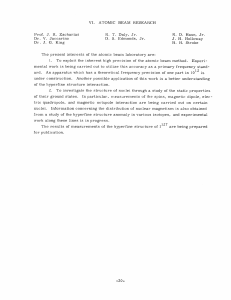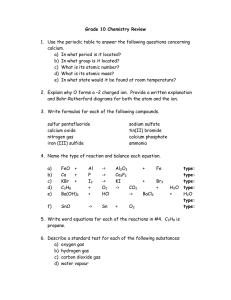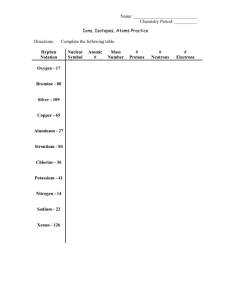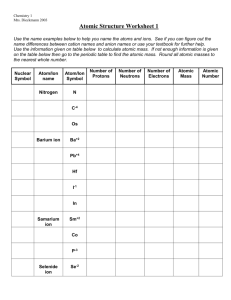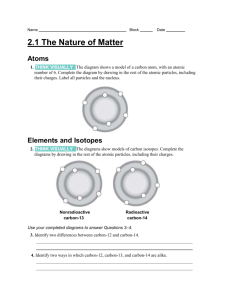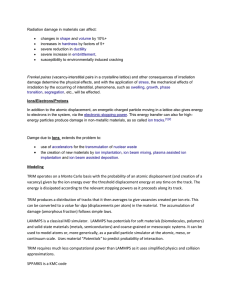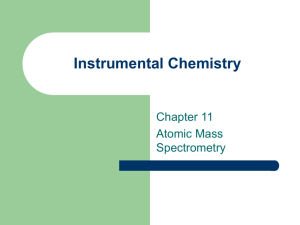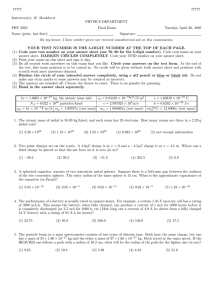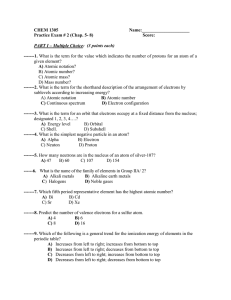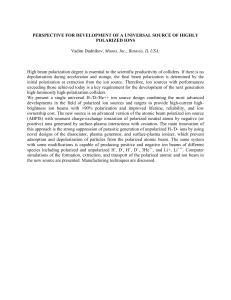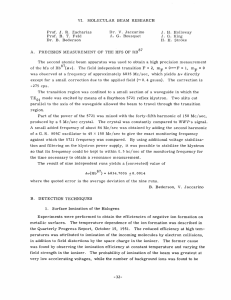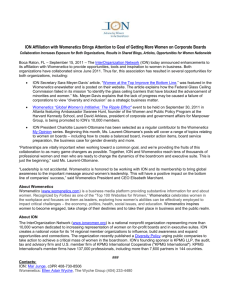28th IUVSTA Workshop
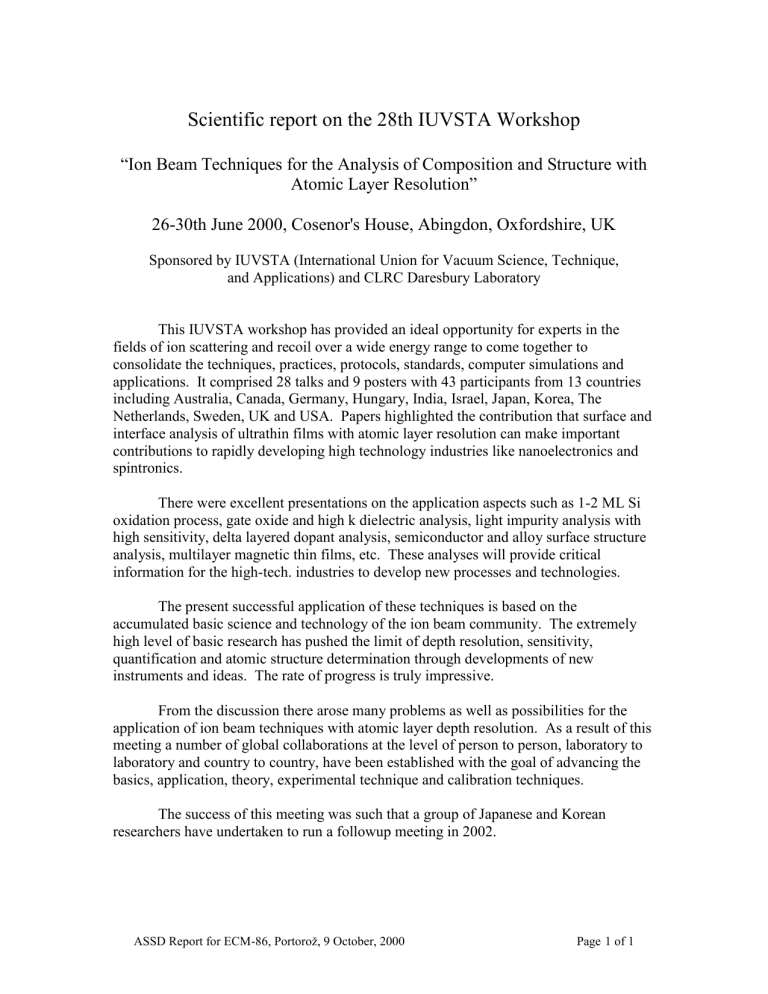
Scientific report on the 28th IUVSTA Workshop
“Ion Beam Techniques for the Analysis of Composition and Structure with
Atomic Layer Resolution”
26-30th June 2000, Cosenor's House, Abingdon, Oxfordshire, UK
Sponsored by IUVSTA (International Union for Vacuum Science, Technique, and Applications) and CLRC Daresbury Laboratory
This IUVSTA workshop has provided an ideal opportunity for experts in the fields of ion scattering and recoil over a wide energy range to come together to consolidate the techniques, practices, protocols, standards, computer simulations and applications. It comprised 28 talks and 9 posters with 43 participants from 13 countries including Australia, Canada, Germany, Hungary, India, Israel, Japan, Korea, The
Netherlands, Sweden, UK and USA. Papers highlighted the contribution that surface and interface analysis of ultrathin films with atomic layer resolution can make important contributions to rapidly developing high technology industries like nanoelectronics and spintronics.
There were excellent presentations on the application aspects such as 1-2 ML Si oxidation process, gate oxide and high k dielectric analysis, light impurity analysis with high sensitivity, delta layered dopant analysis, semiconductor and alloy surface structure analysis, multilayer magnetic thin films, etc. These analyses will provide critical information for the high-tech. industries to develop new processes and technologies.
The present successful application of these techniques is based on the accumulated basic science and technology of the ion beam community. The extremely high level of basic research has pushed the limit of depth resolution, sensitivity, quantification and atomic structure determination through developments of new instruments and ideas. The rate of progress is truly impressive.
From the discussion there arose many problems as well as possibilities for the application of ion beam techniques with atomic layer depth resolution. As a result of this meeting a number of global collaborations at the level of person to person, laboratory to laboratory and country to country, have been established with the goal of advancing the basics, application, theory, experimental technique and calibration techniques.
The success of this meeting was such that a group of Japanese and Korean researchers have undertaken to run a followup meeting in 2002.
ASSD Report for ECM-86, Portorož, 9 October, 2000 Page 1 of 1
